Afterschool STEM: What’s a Good Program?
A MiddleWeb Blog
 Afterschool STEM programs are popping up all over the nation as support for STEM-related careers education continues to grow. But where do these programs fit in a comprehensive STEM initiative? What expectations should we have for Afterschool STEM?
Afterschool STEM programs are popping up all over the nation as support for STEM-related careers education continues to grow. But where do these programs fit in a comprehensive STEM initiative? What expectations should we have for Afterschool STEM?
Certainly, there’s no denying the value of afterschool programs. The Afterschool Alliance reports that 8.4 million students participate in learning programs offered to students outside school hours. Those students who participate regularly are less likely to be chronically absent from school and more likely to improve in behavior, class participation, and homework completion.
According to the Alliance, a significant number of students also show an increase in standardized test scores. Afterschool programs also help to keep kids safe and less likely to get in trouble with drugs, alcohol, and tobacco.
What about STEM after school?
So what data do we have about afterschool STEM in particular? Although STEM afterschool initiatives are relatively new, the Alliance reports that 60 percent of participants in Project Exploration enrolled in a four-year college are pursuing degrees in STEM-related fields. That’s a definite positive!
When wondering about the value of afterschool programs, think about this: children spend less than 20 percent of their waking hours in school. According to this data profile, Afterschool and the Future of Learning, STEM learning during the school day is necessary but not sufficient to develop life-long STEM literacy in students.
It would appear that afterschool programs are poised to build the strength and diversity of our nation’s STEM workforce. These programs are especially well-placed to help close the opportunity gap faced by many children and youth from underserved and underrepresented communities.
This study from the Afterschool Alliance reveals that ethnic minority children are more likely than others to participate in afterschool programs. Hands-on engagement and opportunities to be creative bring STEM alive for them. Without a doubt, afterschool STEM opportunities should be a key component of any school’s learning system.
There’s one important caveat
A warning flag keeps waving in my mind concerning all STEM initiatives, however. I resolutely promote K-12 STEM as a program that’s part of the school’s core curriculum and integrates science, math, and technology through an engineering design process. STEM should be a program that results in rigorous math and science learning and application.
STEM afterschool programs can be a valuable way to extend learning, but they cannot replace STEM learning embedded in the school day where all students experience STEM studies. Together, in-school STEM + afterschool STEM make a wonderfully effective pair. But unconnected and uncoordinated, I believe afterschool STEM loses much of its punch.
Having made that clear, let’s take a closer look at the qualities of good afterschool STEM programs.
What might afterschool STEM look like?
What would after school STEM look like, ideally? That would be best determined by the outcomes you want for your kids. For example, the Indiana Afterschool Network has these standards for afterschool STEM. (Check out the Indiana afterschool standards from this site).
- Increased interest and excitement in STEM learning
- Increased STEM skills, understanding, knowledge and competence
- Increased awareness and interest in STEM education and career pathways
Using those or similar goals to spin off your afterschool STEM program, think about #1: What experiences will you offer to build interest and excitement in STEM learning? Take a close look at #2: What core STEM skills, understandings, knowledge, and competencies do you want students to exhibit and how will you build those skills? To accomplish #3, how will you introduce students to career pathways?
The goals you set will determine the direction and content of your STEM program. Then you must decide how you will determine if your program is meeting those goals.
This may help: California has developed an online STEM Program Planning Tool that can guide your thinking as you plan and prepare. The website, 4-H Science in Urban Communities, has a 4-H Science Checklist that might also be modified for use with STEM afterschool programs.
What would an afterschool STEM program require?
After you decide what you want the program to accomplish, then you’ll probably need to consider this short but important list of “to do’s.”
- Decide on curriculum materials, equipment, and supplies needed to accomplish your goals.
- Provide STEM professional development for afterschool teachers or providers.
- Develop a STEM self‐assessment and improvement tool.
- Locate funding support.
What type of curriculum suits afterschool STEM?
Do an online search for STEM afterschool curriculum and you will discover many sites that feature afterschool curriculum for science. For math. For technology. Separately.
These may be suitable for afterschool programs, but keep in mind that these are individual STEM subjects. This content may not be integrated for solving real world problems. That’s my acid test for authentic STEM. So consider this: Do you want your afterschool STEM be faithful to the integrated content (iSTEM) approach? Or is there room for more flexibility?
My thinking is that a more flexible approach would be acceptable in afterschool programs – provided students are experiencing integrated STEM learning during the school day. The focus afterschool might be on associated skills, like teamwork, creativity and ingenuity. So let’s look at some things you might consider in determining curriculum directions.
What’s out there now in afterschool STEM?
Some current top areas in afterschool STEM programs include these:
- Robotics. Why robotics? Robotics seems a highly effective way to foster essential work skills like collaboration, problem solving and project management. Type robotics into a search engine and you’ll see a lot of opportunities – most of which require equipment and curriculum that the site will sell you. This site, STEMRobotics, is a work in progress that advertises as a site for anyone interested in learning or teaching robotics. Best of all – it includes free specs for middle school robotics projects that you can examine now, and more are on the way. The University of Southern California also provides free robotics curriculum which can be modified for afterschool use. A good experience with robotics develops many of the same engineering competencies that STEM does.
Makerspaces are increasingly popular as afterschool programs that provide safe, creative spaces for exploration. Here is one teacher’s vision for what a makerspace will look like in his school. A powerful book, Invent to Learn, by Sylvia Martinez and Gary Stager, is a must-read if you plan to go this route. While maker projects are not necessarily STEM projects, students learn STEM skills such as innovation, creativity, and being self-directed. You can get a look at what some schools are doing with Makerspaces at Bob Pearlman’s site. And download the Maker Ed‘s Makerspace Playbook here.
- Technology and coding. These are also popular choices if students have access to computers. Check out codecademy and see if this might be a useful site. I recently discovered it and plan to use it to see if I can teach myself to build a webpage. (I’ve written more about coding here.)
Engineering Everywhere. This free engineering curriculum for middle schoolers in afterschool and camp programs gets top marks from me. Kids will experience creative lessons that use the engineering design process and focus on real-world problems. This curriculum is an excellent choice whether or not your school teaches STEM in the core classes. If your school(s) don’t teach STEM, then this is the way to go for a STEM afterschool program.
To see what afterschool activities are going on in your state, go to the National Network of Statewide Afterschool Networks site. You can click on the appropriate link to find out what your afterschool network is doing or to explore beyond your own borders.
You can also contribute to a discussion here! What’s going on afterschool in your area with regard to STEM? If you have a minute, please share some ideas with me and your fellow readers. How would you identify a really good afterschool STEM program?

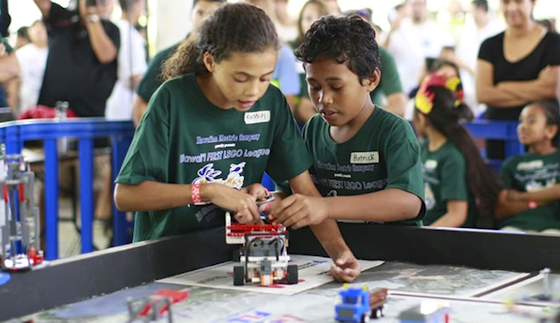
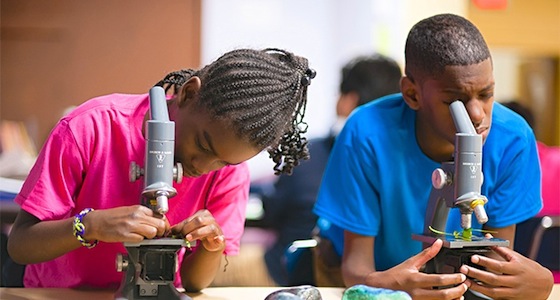
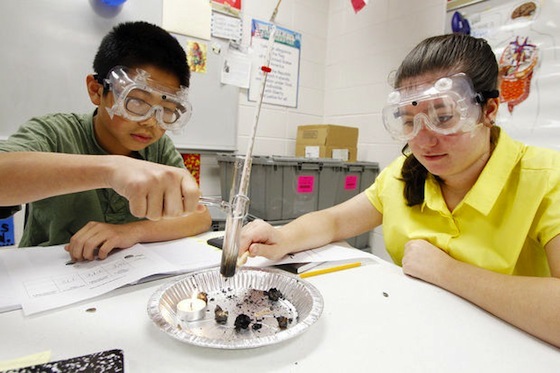
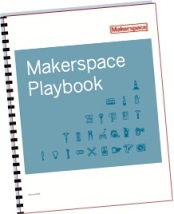
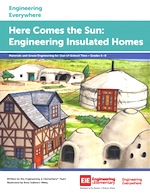



































Having developed STEM engineering design activities for the local Jr. Tech, Inc., Cape Cod MA, that offer engineering design challenges that integrate science, mathematics, and technology, I agree with you, Anne, that these programs should be opportunities to apply and connect what is happening in the classroom. That being said, I have not found engineering design challenges in many classrooms. However, if states adopt the NGSS standards, I expect that this will change dramatically.
The upside of this conversation is, even if engineering design is lacking in the classroom, high quality afterschool STEM programs do offer students the chance to apply science and math concepts and skills taught in the classroom in ways that are motivating and challenging. We must not forget that it may only take a spark to ignite a passion.